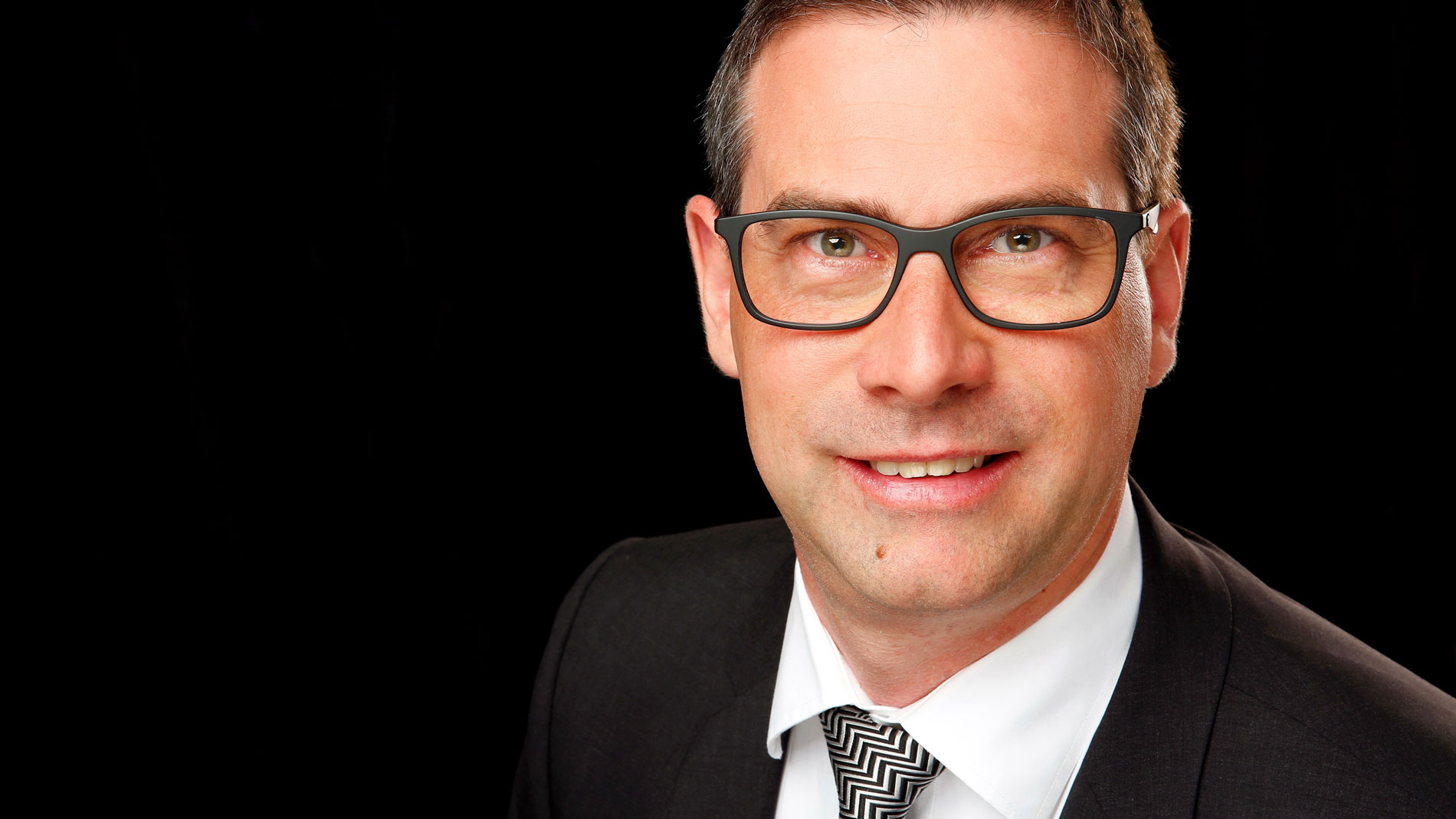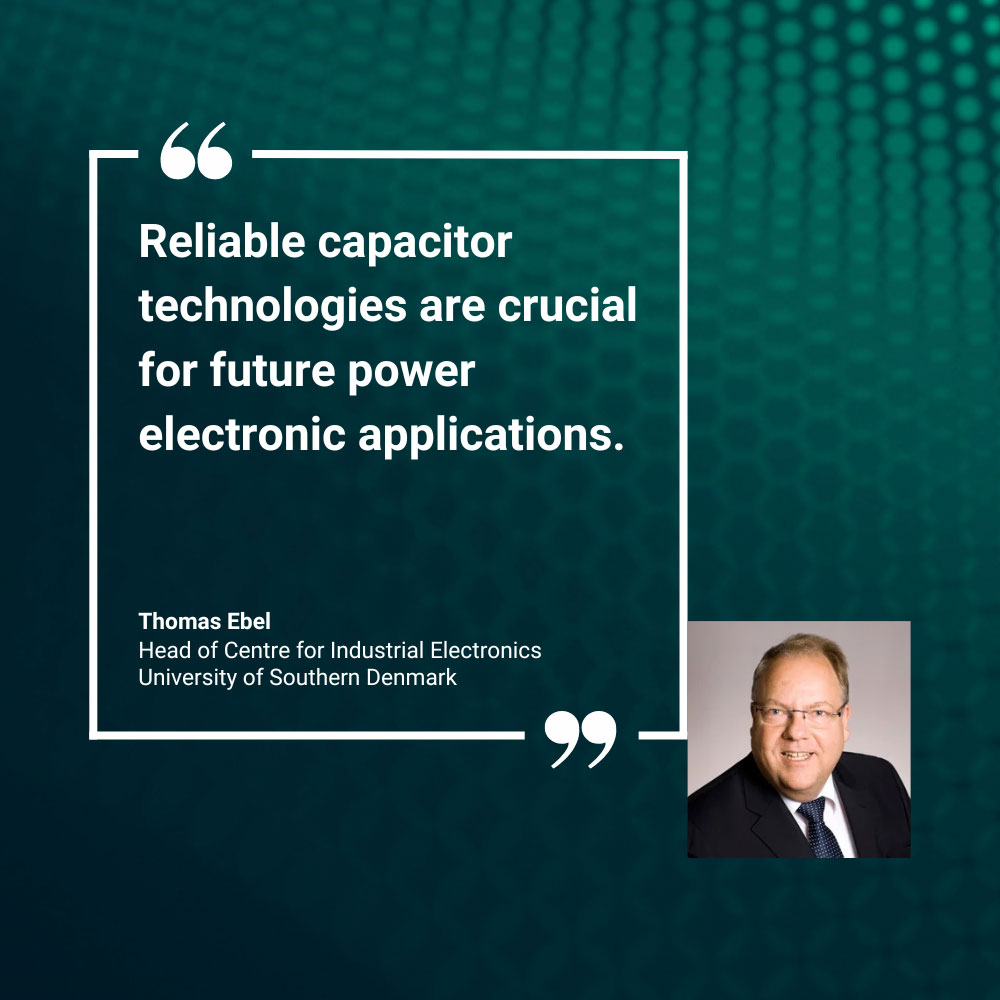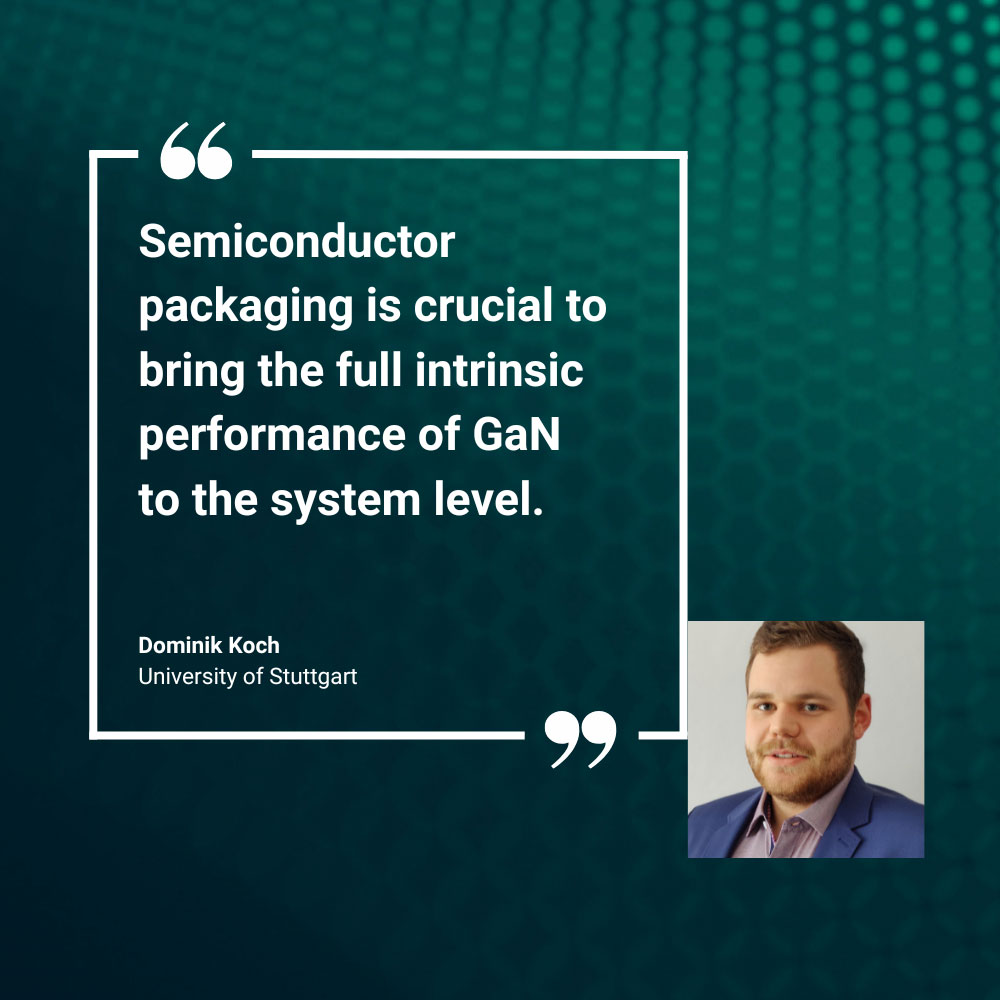If we view this also in the context of time-to-market (and total cost of ownership), the right (bi-directional) power supply can play a role by being scalable not just in power, but also in interaction: that is, reusing tests and programming effort while transitioning from development to prototypes, and from prototypes to production.
At the end of the life cycle, after being used in E-Mobility, degraded batteries may have a second life in domestic or grid-coupled storage – but they need to be thoroughly qualified. Bi-directional power supplies can help, again, in achieving this – or in deep discharging batteries and fuel cells for recycling.
In episode 7 of the PCIM Podcast, Michael Himmels, Head of Product Management at EA Elektro-Automatik, talks about the role of power supplies, and how they continue to rise to emerging challenges.
More information on EA Elektro-Automatik can be found here.
About Michael Himmels

Michael Himmels, Head of Product Management at EA Elektro-Automatik (EA), drives product development forward with passion and know-how. Michael brings expertise from years of experience and a graduate degree in electronic engineering. His focus at EA is on Power Electronics for future markets such as e-mobility, renewable energy, as well as hydrogen production and fuel cells.
He formerly developed analog modems and DSL devices before moving on to a technical manager position at a network company, where he built the development department from the ground up. After that, Michael held the position of CTO at an international electrical engineering company, responsible for the entire product range of battery test systems. In 2020, he started at EA as Head of R&D and subsequently took over product management.



